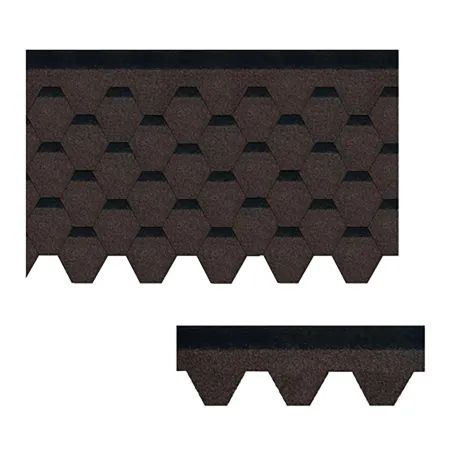
Dec . 16, 2024 02:52 Back to list
how long does a 30 year roof really last
How Long Does a 30-Year Roof Really Last?
When homeowners think about roofing options, the term 30-year roof often comes up. This descriptor is typically associated with asphalt shingles, which are among the most popular roofing materials in the United States. However, understanding what a 30-year roof truly means requires more than just a number; it's essential to consider various factors that can influence the roof's longevity.
The Meaning of 30-Year
The label 30-year roof does not guarantee that your roof will last exactly 30 years. Instead, it indicates that the manufacturer has tested the product under specific conditions and has determined that, under average circumstances, the roof should perform well for about three decades. However, this is dependent on several variables, including the quality of materials, installation practices, maintenance, and environmental factors.
Factors Affecting Longevity
1. Quality of Materials Not all roofing materials are created equal. Higher-quality shingles may have better durability, resistance to UV rays, and improved wind resistance. Investing in a reputable brand can significantly affect your roof's lifespan.
2. Installation Even the best materials can fail prematurely if not installed correctly. Hiring a qualified and experienced roofing contractor ensures that the roof is installed according to the manufacturer's specifications, which can make a critical difference in its longevity.
how long does a 30 year roof really last

3. Maintenance Regular roof maintenance can extend its life significantly. Simple tasks like cleaning gutters, replacing damaged shingles, and checking for leaks can prevent minor issues from becoming significant problems. Budgeting for periodic inspections can help catch potential problems early.
4. Climate The local climate plays a crucial role in determining the lifespan of your roof. Areas with extreme weather conditions, such as heavy snowfall, excessive heat, or frequent storms, can erode roofing materials more quickly. For example, roofs in hurricane-prone areas may experience more wear and tear than those in milder climates.
5. Ventilation and Insulation Proper attic ventilation and insulation are essential to maintaining the health of your roof. Poor ventilation can lead to heat buildup and moisture accumulation, which can damage the roofing materials and shorten their lifespan.
Realistic Expectations
In practice, a 30-year roof may last anywhere from 15 to 30 years, depending on the factors mentioned above. On average, many homeowners report that asphalt shingle roofs tend to last around 20 to 25 years under typical conditions. It's essential for homeowners to have realistic expectations and to recognize that proactive care can play a significant role in extending a roof's life.
Conclusion
When contemplating a roof replacement, understanding the implications of a 30-year roof is crucial. While it may suggest a long lifespan, various factors contribute significantly to how long your roof will last. By investing in quality materials, ensuring proper installation, committing to regular maintenance, and considering your local climate, you can maximize the longevity of your roofing system. Ultimately, while a roof may not last a full 30 years in every case, informed decisions can help you come close to that benchmark, providing you with peace of mind and protection for your home for many years to come.
-
How Many Bundles of Asphalt Shingles in a Square? Fast Roofing Guide & Tips
NewsJul.07,2025
-
How Long Should a Cedar Shake Roof Last? Expert Guide & Replacement Options
NewsJul.06,2025
-
Premium Expensive Shingles Enhance Your Roof with Lasting Durability and Style
NewsJul.06,2025
-
Roof Shingle Construction Durable & Cost-Effective Asphalt Roof Solutions
NewsJul.06,2025
-
Premium Red 3 Tab Roof Shingles for Durable, Stylish Roofing Solutions
NewsJul.05,2025
-
Ceiling Clay Tiles Price - Affordable, Durable & Aesthetic Clay Ceiling Tile Solutions
NewsJul.05,2025







